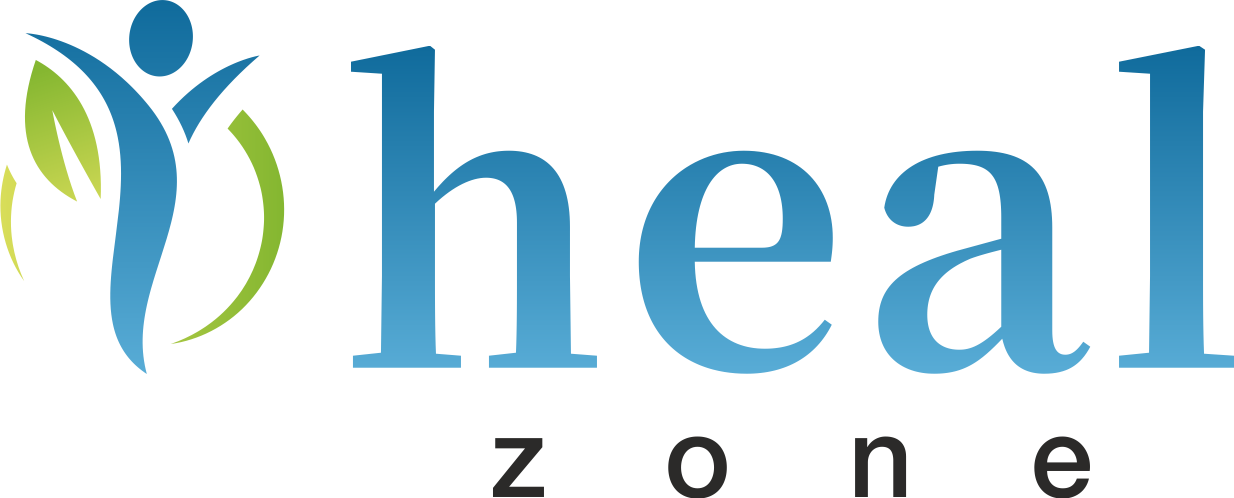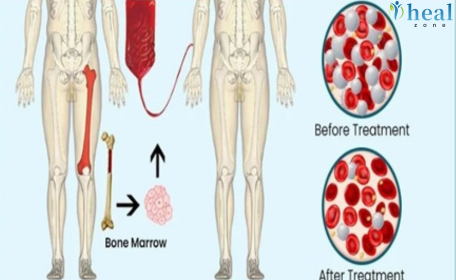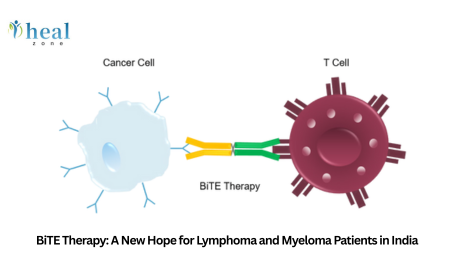What is Acetabular Fixation?
Acetabular fixation is a surgical intervention designed to stabilize and repair fractures of the acetabulum, the concave surface of the pelvis that forms the hip socket. The procedure involves the use of screws, plates, and other fixation devices to realign the broken bone fragments, restore joint stability, and promote natural healing.
The acetabulum plays a crucial role in bearing body weight and facilitating leg movement. When fractured, it can severely impact mobility, cause pain, and lead to long-term disability if not treated correctly. Surgical fixation ensures proper joint congruity, prevents arthritis, and allows for faster rehabilitation.
What are the Different Types of Acetabular Fractures?
Acetabular fractures can be classified based on the Judet-Letournel classification system, which includes:
1. Elementary Fractures:
- Posterior wall
- Posterior column
- Anterior wall
- Anterior column
- Transverse
2. Associated Fractures:
- Both column fracture
- T-shaped fracture
- Anterior with posterior hemitransverse
- Posterior column with posterior wall
- Transverse with posterior wall
Each type varies in severity and treatment complexity. Some fractures may be managed conservatively, but most displaced or unstable fractures require surgical fixation, particularly those involving both columns or with associated dislocations.
Who Requires Acetabular Fixation Surgery?
Surgical fixation is typically recommended in the following situations:
- Displaced fractures (bone fragments misaligned)
- Joint incongruity affecting hip mobility
- Intra-articular fractures with loose fragments
- Fractures associated with hip dislocation
- Elderly patients with complex breaks
- Younger patients to preserve joint integrity and prevent arthritis
Non-operative treatment is only suitable for stable, non-displaced fractures. International patients with high-impact trauma or long-standing unhealed acetabular fractures are advised to undergo surgical treatment for optimal outcomes.
What are the Symptoms and How is an Acetabular Fracture Diagnosed?
Common Symptoms:
- Severe pain in the hip or groin region
- Swelling, bruising, or deformity in the hip
- Inability to walk or bear weight
- Shortened or externally rotated leg (in dislocation)
- Loss of motion in the hip joint
Diagnostic Methods in India:
1. Clinical Evaluation: Physical examination to assess tenderness, mobility, and limb positioning.
2. X-rays (Pelvis and Hip Views): First-line imaging to confirm fracture and alignment.
3. CT Scan with 3D Reconstruction: Essential for mapping fracture lines, fragment displacement, and planning surgical fixation.
4. MRI (in selected cases): Used to assess soft tissue injury, cartilage damage, or pre-existing conditions.
Indian hospitals offer advanced imaging facilities with immediate reporting and surgical planning, minimizing delays in diagnosis.
What Are the Treatment Options for Acetabular Fractures?
Treatment for acetabular fractures depends on the type of fracture, degree of displacement, age of the patient, and overall health condition.
1. Non-Surgical (Conservative Management):
- Suitable for non-displaced or minimally displaced fractures
- Includes bed rest, traction, and physiotherapy
- Patients must avoid putting weight on the leg for several weeks
- Often used in elderly patients or those unfit for surgery
2. Surgical Management (Acetabular Fixation):
Indicated for:
- Displaced fractures (>2mm displacement)
- Associated hip dislocations
- Comminuted or multi-fragmented fractures
- Fractures with cartilage involvement
Surgical Options Include:
- Open Reduction and Internal Fixation (ORIF): Repositioning and stabilizing fracture with plates/screws
- Minimally Invasive Fixation: For selected fractures, reducing recovery time and scarring
- Combined Procedures: In complex cases with joint replacement (e.g., fixation + total hip replacement)
Surgery restores joint congruity, reduces long-term complications, and enables faster functional recovery.
What is the Complete Treatment Protocol for Acetabular Fixation Surgery in India?
Indian hospitals follow international orthopedic standards, ensuring safe and efficient care. Here is a step-by-step outline of the treatment journey for international patients:
1. Pre-operative Evaluation:
- Online consultation and document review
- Physical examination by orthopedic surgeon
- X-rays and CT/MRI for fracture assessment
- Medical fitness tests and anesthesia clearance
2. Hospital Admission:
- Admitted 1 day before surgery
- Informed consent and pre-surgery preparation
- Administration of antibiotics and IV fluids
3. Surgical Procedure:
- Performed under general or spinal anesthesia
- Duration: 2–4 hours depending on complexity
- Techniques: ORIF with reconstruction plates, screws, or pelvic implants
- Use of fluoroscopy for precision alignment
4. Post-operative Care:
- ICU monitoring (if needed for elderly or polytrauma patients)
- Pain management and DVT prophylaxis
- Drain removal and wound care
5. Discharge & Rehabilitation:
- Hospital stay: 5–7 days
- Physiotherapy begins in hospital and continues after discharge
- Full weight-bearing generally allowed after 6–12 weeks
- Recovery monitored through virtual follow-ups
Healzone supports international patients throughout this protocol, from airport pickup to post-discharge physiotherapy and travel planning.
What Devices or Implants Are Used During Acetabular Fixation?
Indian hospitals use CE- and FDA-approved orthopedic implants that meet international safety standards.
Common Devices Include:
- Pelvic Reconstruction Plates
- Locking Compression Plates (LCP)
- Cannulated or cortical screws
- Pelvic Buttress Plates
- Bio-compatible titanium or stainless steel hardware
- 3D printing-assisted custom implants (in select cases)
These devices are sourced from globally reputed brands and ensure high durability, minimal infection risk, and long-term joint preservation.
What is the Cost Breakdown of Acetabular Fixation Surgery in India?
The cost of acetabular fixation in India is 60–75% lower than in Western countries. Here’s a detailed breakdown:
|
Cost Component |
Estimated Price (USD) |
|
Orthopedic Consultation |
$40 – $70 |
|
X-rays & CT Scan |
$120 – $200 |
|
Pre-operative Tests |
$100 – $150 |
|
Surgery Charges (ORIF) |
$1,500 – $2,500 |
|
Implants & Fixation Devices |
$800 – $1,200 |
|
Anesthesia & OT Charges |
$500 – $700 |
|
Hospital Stay (5–7 days) |
$600 – $1,000 |
|
Medications & Consumables |
$200 – $300 |
|
Post-op Physiotherapy Sessions |
$150 – $300 |
Total Estimated Cost in India: $4,500 – $6,500 (all-inclusive package via Healzone)
This transparent pricing includes the full scope of care, from admission to rehabilitation support.
Why is India More Affordable?
- Lower healthcare infrastructure and staff costs
- Competitive implant pricing
- Government-supported medical visa system
- High surgery volume improves cost-efficiency
- Shorter wait times reduce total expense
What Are the Different Procedure Types Used in Acetabular Fixation?
Acetabular fixation surgery is customized based on the fracture type, patient profile, and surgeon expertise. The main surgical approaches include:
1. Open Reduction and Internal Fixation (ORIF):
- The most common procedure
- Surgeon makes an incision to access the fracture site
- Bone fragments are realigned and fixed using plates and screws
- Suitable for complex or displaced fractures
2. Minimally Invasive Acetabular Fixation:
- Uses smaller incisions with specialized tools
- Reduces muscle disruption and post-op pain
- Faster recovery and lower infection risk
- Applied in selective fracture patterns
3. Combined Fixation with Hip Replacement:
- Required in elderly patients with pre-existing arthritis or severe joint damage
- Involves acetabular repair plus total hip replacement (THR)
- Restores full mobility in damaged hip joints
4. 3D Navigation-Guided Surgery:
- Advanced hospitals in India use intraoperative 3D imaging or navigation for precision
- Enhances implant positioning and reduces intra-op complications
Each procedure is carefully selected based on patient safety, fracture geometry, and optimal functional outcomes.
What Are the Advantages of Getting Acetabular Fixation Surgery in India?
India has emerged as a global orthopedic hub, especially for complex fracture management. International patients benefit from:
1. High-Quality Care at Affordable Cost:
- Save up to 70% compared to the US/UK
- No compromise in quality, devices, or outcomes
2. Experienced Surgeons:
- Indian orthopedic surgeons have global training
- Many perform hundreds of pelvic fixation procedures annually
3. Modern Infrastructure:
- NABH- and JCI-accredited hospitals
- Equipped with CT, MRI, arthroscopy suites, and trauma ICUs
4. Minimal Waiting Time:
- International patients receive priority scheduling
- Faster diagnosis, surgery, and discharge processes
5. Comprehensive Rehab Support:
- In-hospital and hotel-based physiotherapy
- Teleconsultation for ongoing recovery after returning home
India’s healthcare ecosystem combines technical expertise with patient-centric services—ideal for international travelers.
Why Choose Healzone for Medical Tourism and Orthopedic Coordination in India?
Healzone is a trusted medical tourism facilitator for patients seeking orthopedic care in India. Here's what sets Healzone apart:
Verified Network of Hospitals:
- Only works with top orthopedic hospitals and trauma centers
- Facilities meet international accreditation standards
Fixed, All-Inclusive Packages:
- Transparent pricing without hidden charges
- Inclusive of surgery, implants, stay, medications, and physiotherapy
End-to-End Coordination:
- Assistance with visa, travel, and accommodation
- 24/7 dedicated case managers and interpreters
- On-ground coordinators for airport pickup and hospital navigation
Post-Surgery Support:
- Free virtual follow-ups with your orthopedic surgeon
- Help with medical documentation for insurance or reimbursement
- Assistance in arranging ongoing rehab services abroad
Healzone ensures your entire journey is seamless, safe, and medically successful.
What Precautions Should Be Taken Before and After Surgery?
Before Surgery:
- Stop smoking and alcohol at least 1 week prior
- Share complete medical history, allergies, and medications
- Complete blood tests, ECG, and anesthesia clearance
- Arrange for a companion or caregiver for support
After Surgery:
- Follow strict immobilization protocols
- Use prescribed walker or assistive devices
- Take medications exactly as prescribed
- Attend all physiotherapy sessions
- Monitor the wound for signs of infection or swelling
- Avoid air travel for 10–14 days unless cleared by your surgeon
Healzone provides each patient with a customized pre- and post-op checklist and care guide to ensure smooth recovery.
What is the Recovery Time and Follow-Up Process After Acetabular Fixation Surgery?
Recovery after acetabular fixation varies based on age, fracture complexity, and adherence to rehab. Here’s a typical timeline:
Recovery Phases:
|
Phase |
Timeline |
Focus |
|
Immobilization |
Week 1–3 |
Limited motion, pain control |
|
Early Mobilization |
Week 4–6 |
Begin passive range-of-motion |
|
Partial Weight Bearing |
Week 6–8 |
Gradual walking with support |
|
Full Weight Bearing |
Week 10–12 |
Unassisted walking and muscle strengthening |
|
Full Recovery |
3–6 months |
Return to normal life, sports, or work |
Follow-Up:
- In-person or virtual consultation after 2 weeks
- X-rays at 6 and 12 weeks to check healing
- Healzone helps with remote monitoring and virtual rehab for international patients
With dedicated rehabilitation, most patients regain 95%–100% of hip joint function and return to active lifestyles within months














